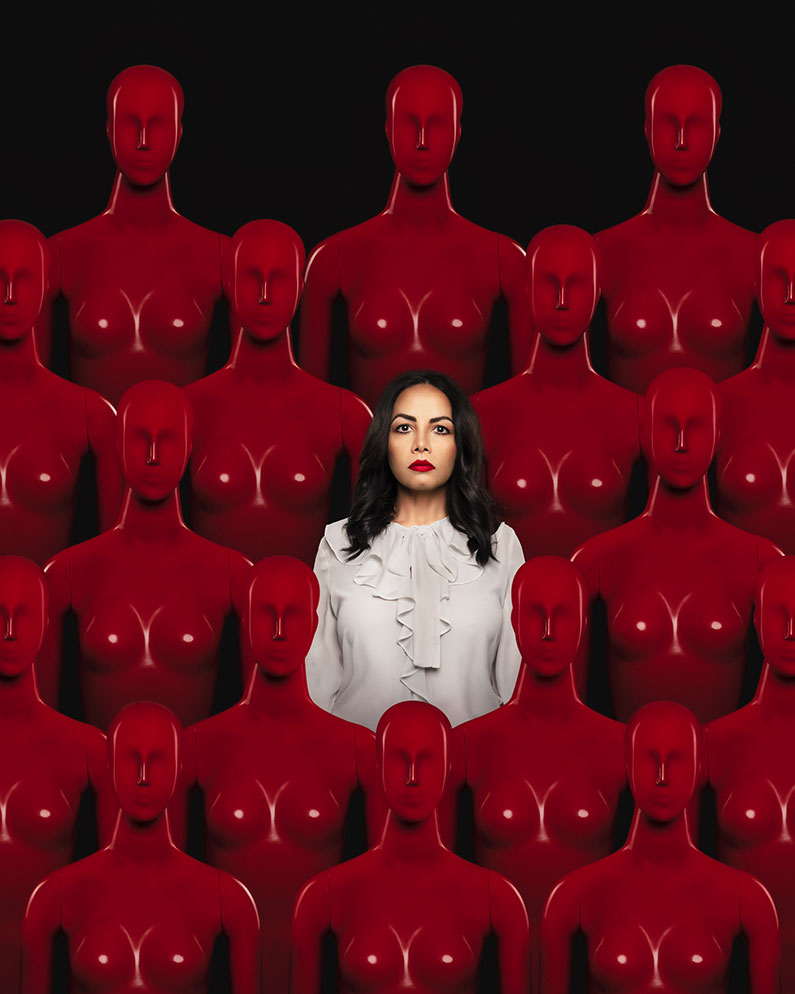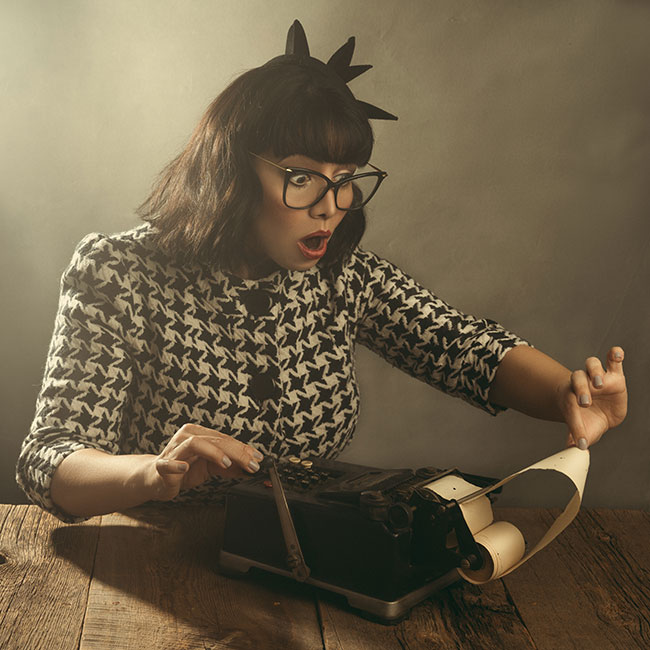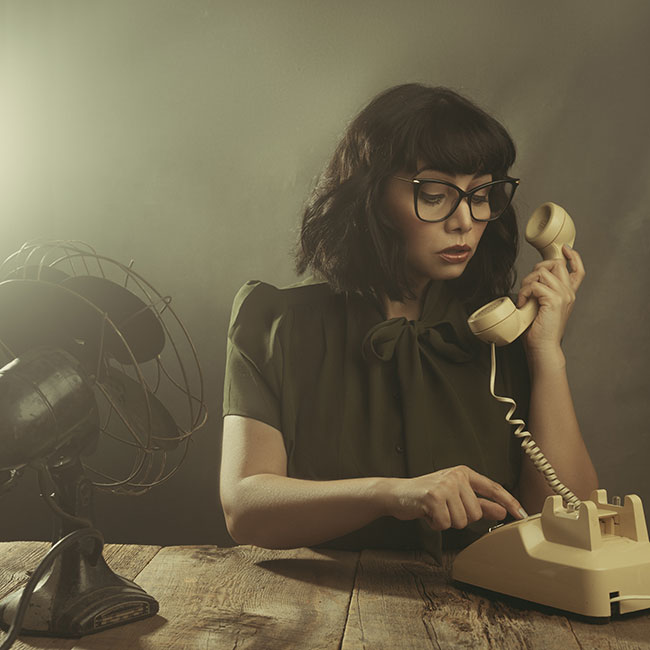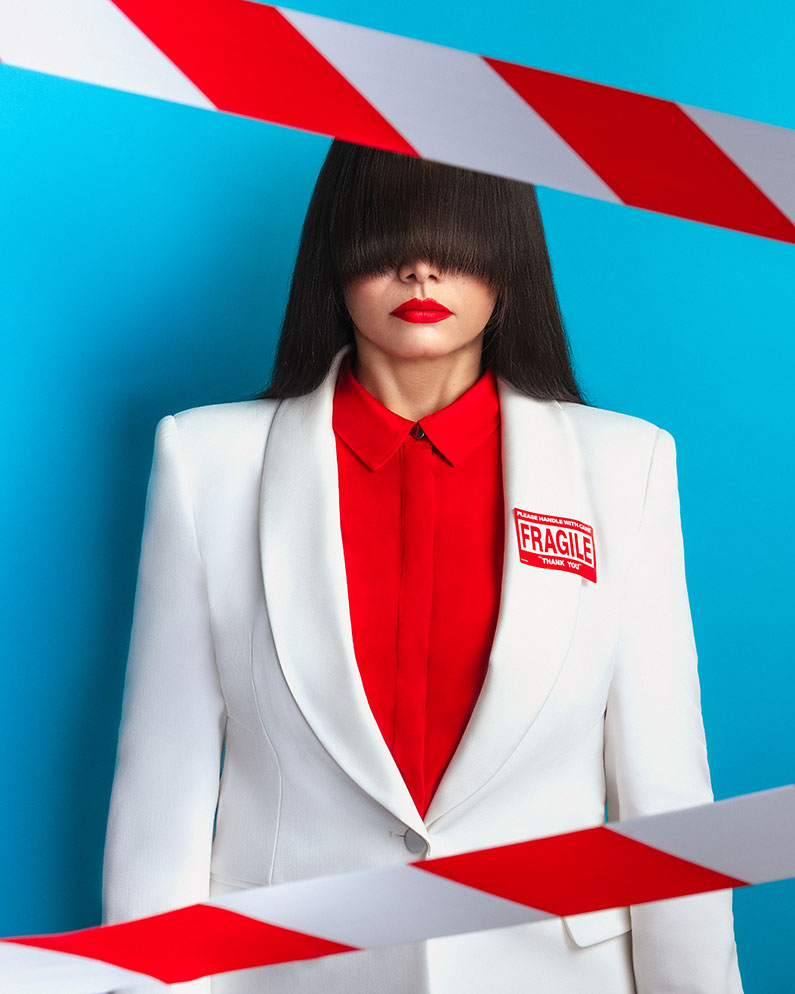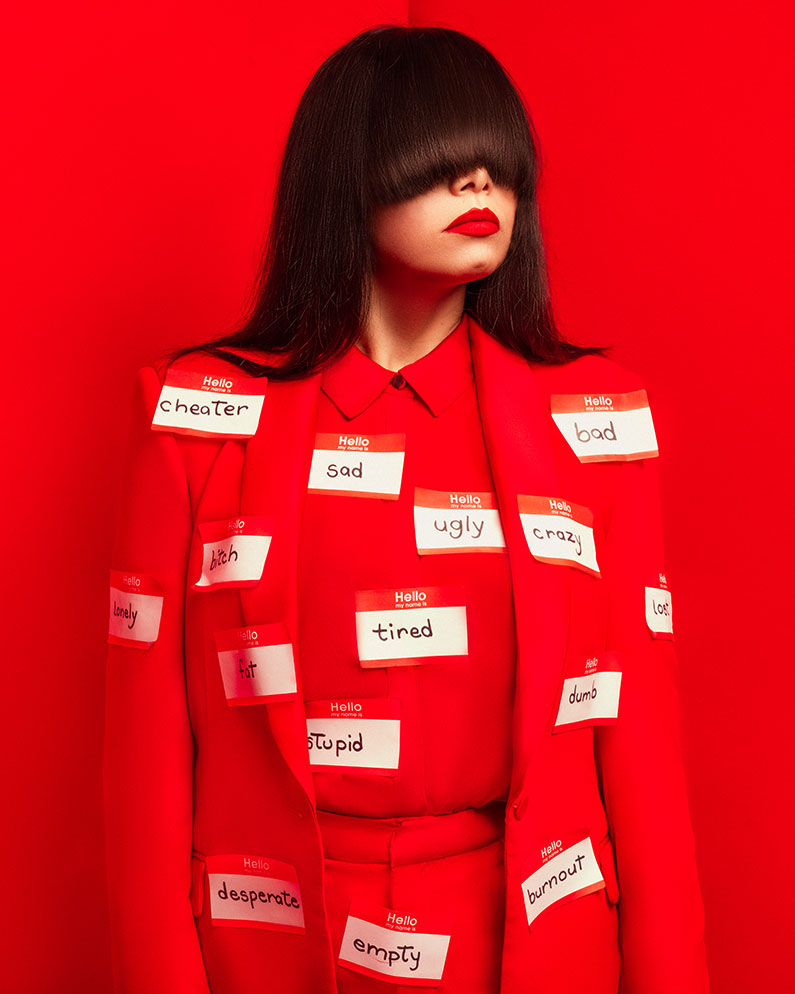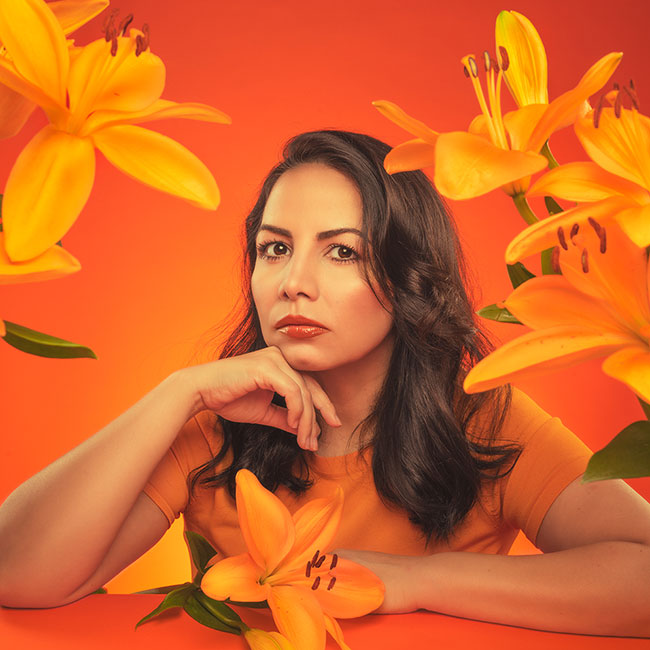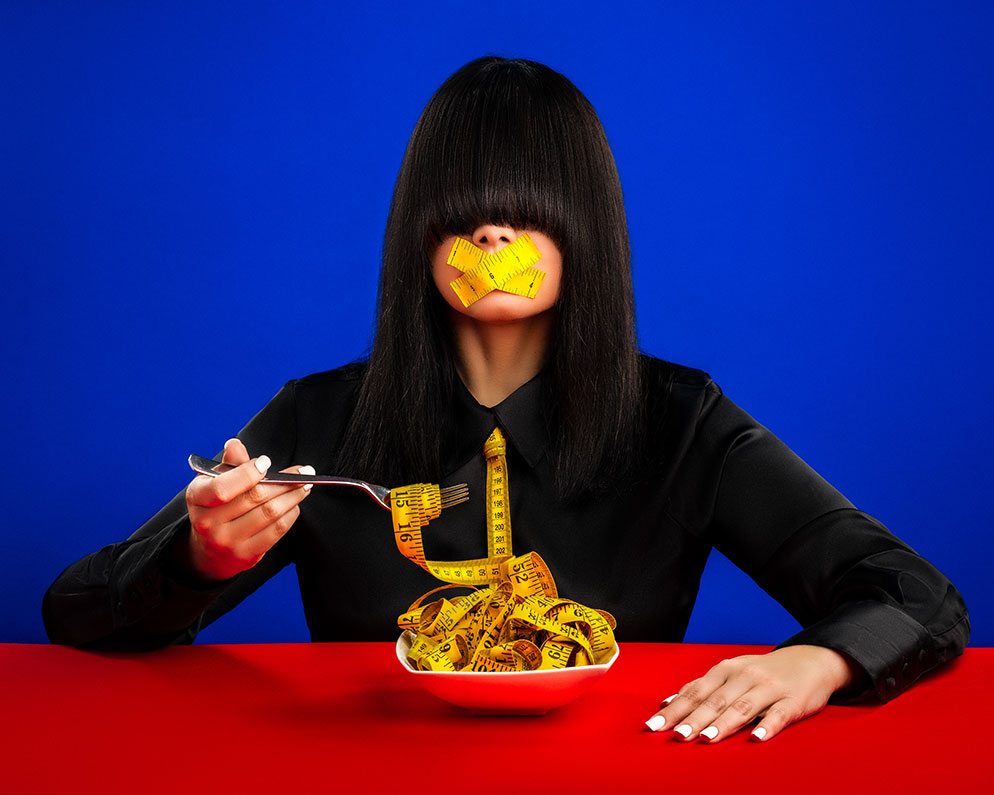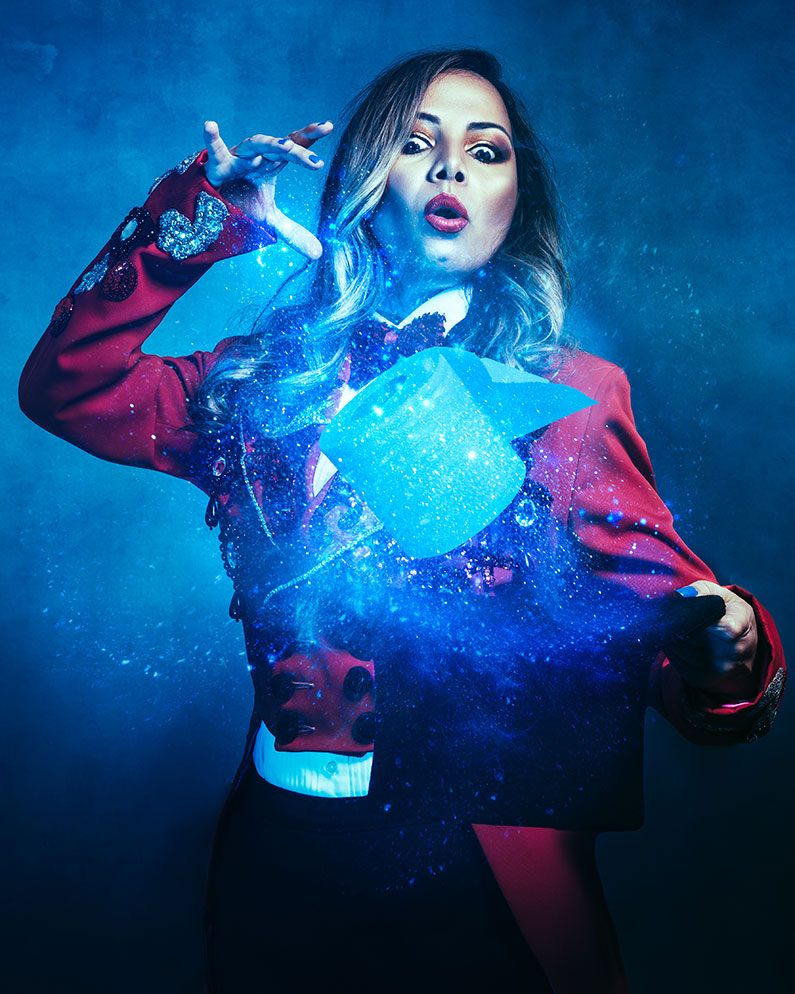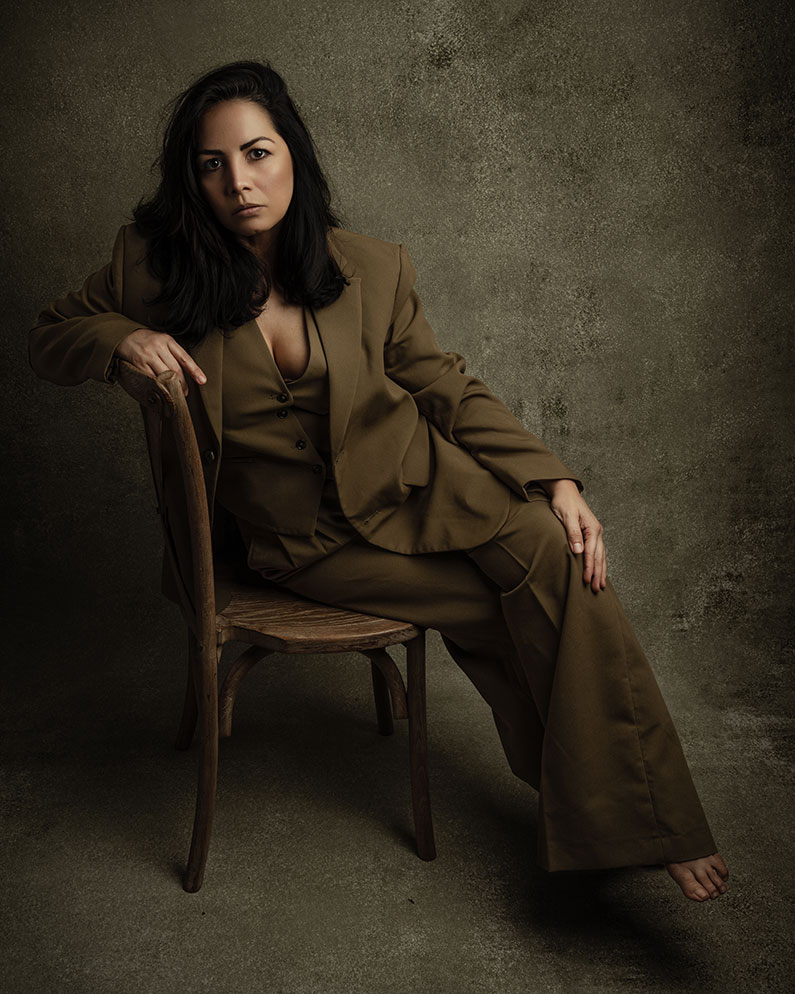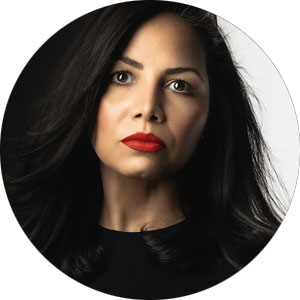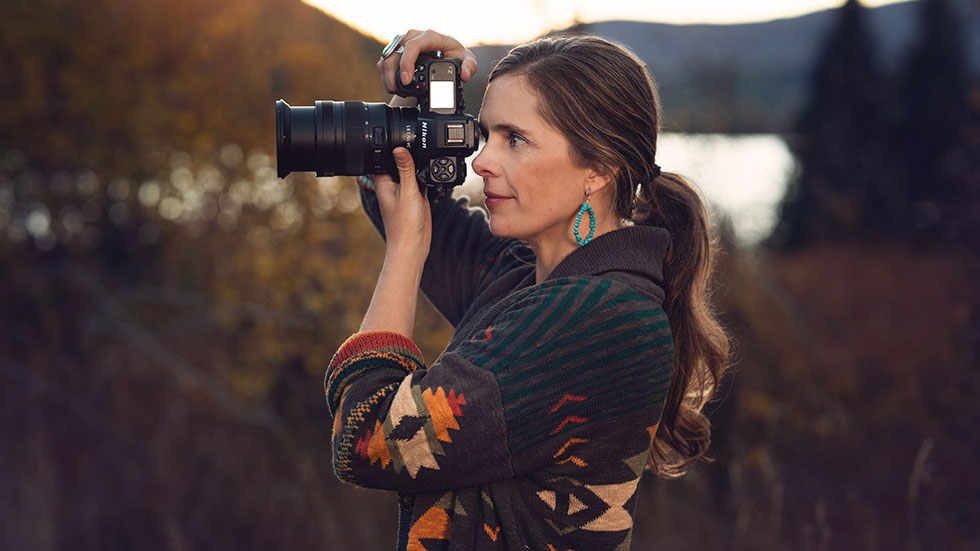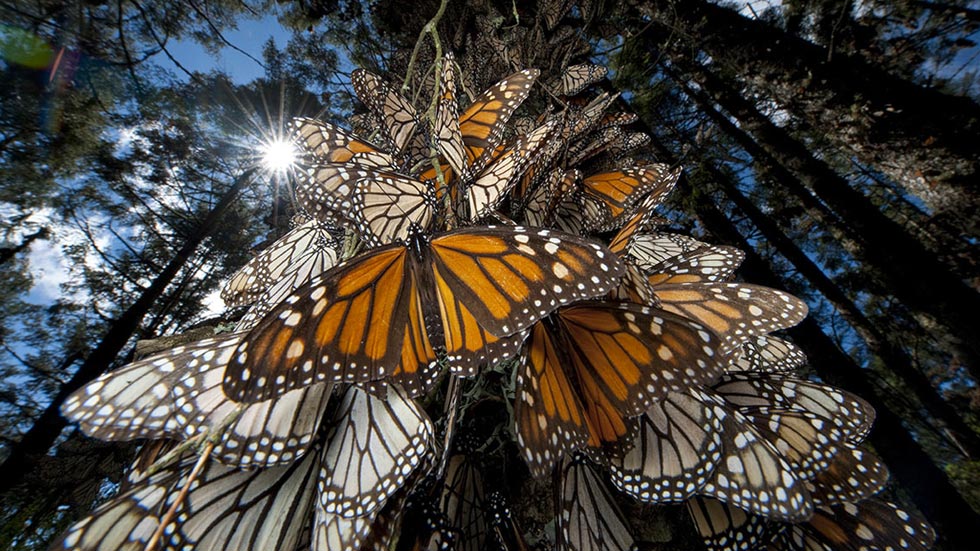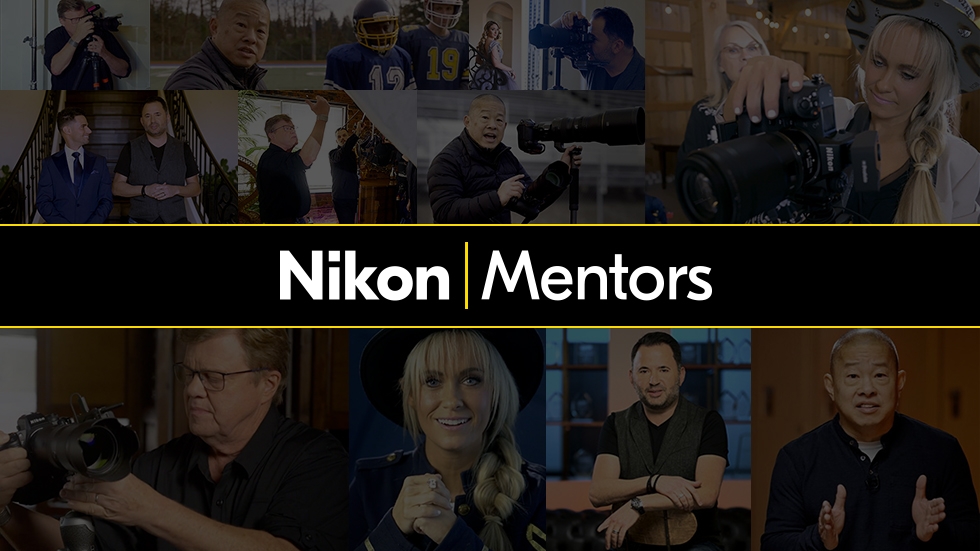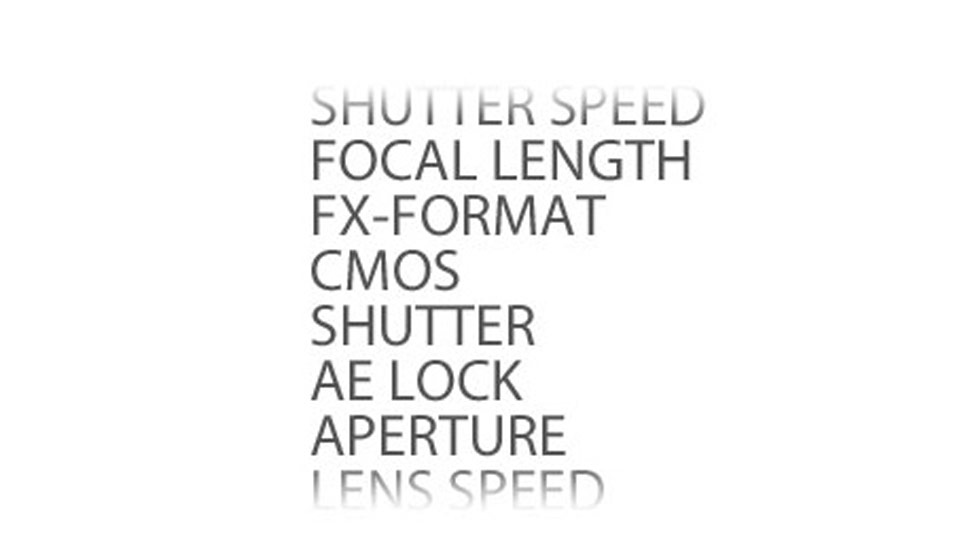Want to Take Really Creative Portraits? Start by Putting Yourself in the Picture.
Ruby. “Everybody wants to stand out,” Gilmar Smith says, “and in the photography world it’s really hard to get attention. My approach is to be true to myself, my ideas and creativity. That’s what we’re talking about here.” Z 7, NIKKOR Z 24-70mm f/4 S, 1/125 second, f/10, ISO 200, manual exposure, center-weighted metering.
No matter what you think these photographs are about, they’re about much more.
Initially they were about Gilmar Smith having to be her own portrait subject so she could practice and likely modify what she was learning about portrait photography. We say “modify” because the first thing you should know about Gilmar (pronounced hil-marr) is that she likes to do things her own way. The second is that she’s fearless about expressing her ideas and emotions.
“I had so many ideas when I was learning portrait photography,” she says. “I bought lights, and I built a home studio, but at some point, my family got tired of me asking them to model, so the only person available to me was me.”
The early ideas that sparked self-portraits were the relatively easy part of the process. Gilmar had access to a prop house where she could borrow what she liked, and what she liked most were vintage props that suggested situations and stories. When those props initiated ideas, thrift-shop clothing often completed them.
Contadora. Gilmar titles all her photographs, and this one is Spanish for accountant. The prop house was the source of the adding machine, and she followed its path into the past. “Usually my style is very colorful,” she says, but this concept called for different touches, including a thrift-store outfit, experimenting with tones, lighting and hair styles and, finally, bringing in the haze machine. Z 7, NIKKOR Z 24-70mm f/4 S, 1/200 second, f/5.6, ISO 100, manual exposure, spot metering.
Recepcionista. Similar to the accountant, still with the haze machine but with a change of props. “That fan weighs more than me,” Gilmar says. Her preferred method of triggering these self-portraits is to set the camera’s interval timer to shoot 30 photos in two- or three-second intervals, which give her time to change pose and/or expression—and give her strobes time to recycle. Z 7, NIKKOR Z 24-70mm f/4 S, 1/200 second, f/5.6, ISO 100, manual exposure, spot metering.
She experimented with lighting, backgrounds, colors and hair styles. Sometimes a haze machine provided texture more subtle than smoke or fog to make an image look cinematic. “I call self-portraits my personal laboratory for skill development,” Gilmar says. She might add “business development,” as the images are about that, too. Because they reflect her sensibilities, they’ve brought her the clients she most wanted to attract, clients who value the idiosyncratic, the imaginative, the personal, even the edgy. Anything but the ordinary.
What she does, she says, is “sit with my clients the same way I sit with my ideas,” which essentially means listening to what they need and applying her vision to what she sees and recognizes. Her advantage is that the clients come to her. They see her work online and they know it’s for them, and it's not unusual for people to mention a particular photo they saw and say, “I want that!”
Fragile. “I started photography to help me manage many things that were going on in my life,” Gilmar says. Early self-portraits were “emotionally very, very dark,” until she willed them not to be. “I needed to find joy, and I changed my whole approach to my photography and to my feelings, and I created funny, super-colorful pictures. This one, in the contraposition of the colors and that word, ‘fragile,’ expresses my joyful side, but at the same time touches those feelings I had to navigate.” Z 7, NIKKOR Z 24-70mm f/4 S, 1/125 second, f/13, ISO 100, manual exposure, Matrix metering.
My Name Is. “Again, the two sides of my photography: bright, colorful, bold, and then the words and my covering of myself. I wanted to see how people would react: will they look at it as something fun, or something emotional? When I posted it, I said something like, ‘The lies we tell ourselves.’” She also felt that once she had the idea and made it real and sent it out into the world, there was a sense of dealing with it. “So now I can be more kind to myself.” Z 7, NIKKOR Z 24-70mm f/4 S, f/13, ISO 100, manual exposure, Matrix metering.
Creating the “self” in her self-portraits involves expression, body language and gesture, and those crucial elements are more than partly calculated. “It’s about getting into character,” Gilmar says. “It’s a performance, and I tell this to my clients when I’m using props, and when I give them something to hold. I say, ‘Just pretend you’re this and that,’ and when you say ‘pretend,’ they step out of themselves. It’s fun to step out of yourself and pretend to be somebody else.”
In that sense, the self-portraits were steps toward marketing success as well as personal satisfaction. There’s no denying their power to attract the clients she wants to work with.
Self-portraits allow me to hone my skills and grow as an artist. They allow me to express myself.
The Uncomfortable Chair
“Being my own subject gives me the creative freedom to do whatever I want,” Gilmar says, “and to take all the time I need to get the concept the way it is in my head. When you’re photographing your kids, or a friend, or even a model, if you are experimenting you can lose the magic, the connection with the other person because you have to keep trying until you get it right. Self-portraits allow me to hone my skills and grow as an artist. They allow me to express myself.”
The process is not easy. First, there’s the mechanical problem of triggering the camera, which she solved by setting the camera’s interval timer to shoot 30 photos in two- or three-second intervals, giving her time to change pose and/or expression—and giving her strobes time to recycle.
Roses. “Red roses are hard to do something different with, but that’s a challenge I love to give myself: pick an item, try to photograph it ten different ways. Creativity is born when you push yourself. For this photo I tried so many things, but nothing was working until I thought, Well, the flowers are in my head as an idea, why not let them out?” Z 7, NIKKOR Z 24-70mm f/4 S, 1/160 second, f/11, ISO 200, manual exposure, spot metering.
Then there’s the emotional issue. “People say, ‘Oh, you love to be in front of the camera.’ No! I love being behind the camera, taking pictures—that’s my job. To get in front of the camera in that uncomfortable chair, to manage all the processes of being a photographer and a model, I don’t love that.”
But she found that even the discomfort could work for her. “Being in front of the camera allowed me to feel the way my subjects, those who are not models, feel. I had to find a way to calm myself, to pose and relax, and that taught me a skill I can use with my clients.”
Yellow. Gilmar’s excitement in this image is the result of achieving something all her pictures strive for: attention. She’d been noticed by a certain well-known camera company as one of “20 inspiring creators.” The bold color in the image is her acknowledgement of that company. “They are looking at my work? I have to make a picture about that!” Z 7, NIKKOR Z 24-70mm f/4 S, 1/160 second, f/10, ISO 100, manual exposure, center-weighted metering.
The Challenge Now
“The beauty of experimenting with self-portraiture is that I’m still learning, still using my ideas, skills and equipment, seeing how they work together and the effects I can get,” Gilmar says.
She realizes the beauty comes with the challenge of keeping up with her own creativity. “I stay on top of it by asking myself when was the last time I did something new with my photography, something different I haven’t experimented with before. Then I go and experiment. I look for a way to get a different style or technique and then incorporate it into my photography.
The beauty of all of it is that I am photographing what I love photographing in the style I love to work. People hire me for exactly that, and for a photographer, to be hired to do what you love most, that’s a dream.”


